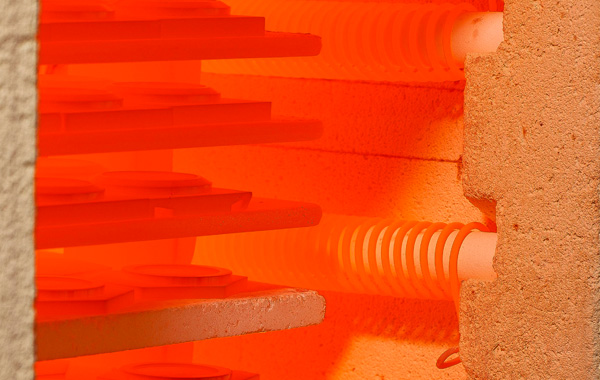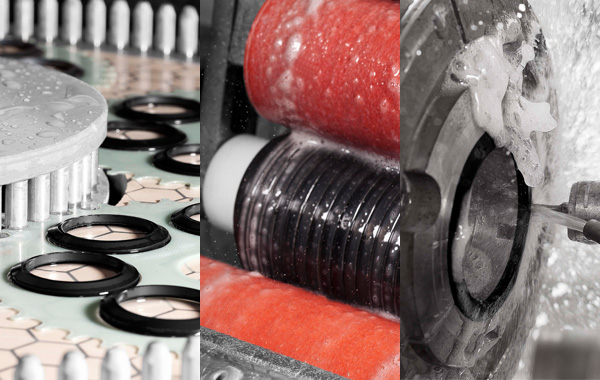
An Exclusive Look Inside Omega’s Stunning New Ceragold Process on the Seamaster Planet Ocean Chrono
While we may be familiar with the most detailed specifications on our timepieces, the incredible process behind the creation of luxury watches remains largely a mystery. That’s why today, Haute Time is taking an in-depth look into the process behind one of our favorite timepieces, the Seamaster Planet Ocean Chrono from Omega.
Omega has long been an industry innovator, and today the Swiss company has industry insiders talking about their new product called Ceragold™. This incredible new product enables Omega to incrust 18K gold into zirconium-based ceramic bezels, creating a blended material that is both aesthetically and physically stunning, being incredibly smooth to the touch. This allows the watchmaker to decorate ceramic watch parts with 18K gold, creating a world first ceramic bezel with gold numbers and scaling that is completely smooth to the touch.
To get a detailed look inside this incredible new process, take a look through our exclusive gallery revealing the use of Omega’s Ceragold™ technology in the creation of a Seamaster Planet Ocean Chrono.
Forming the ceramic ring
A specific mixture of zirconium oxide and bonding materials (called “binders”) is prepared in a granular form; the raw material is referred to as the feedstock. The feedstock is heated until it becomes a paste and is injected into a mould containing the desired ring shape enlarged to a specific proportion. This moulded part is called the “green body”. The binders that were initially used to hold the parts in their injected form are then removed from the ring during a chemical/ thermal treatment. This process is called debinding.
Sintering the ceramic ring
The rings are stage-heated to about 1,400°C over a period of more than 24 hours; the process is called sintering. At this stage, the ceramic grains are joined together to form a “fired” or “sintered” part with the definitive properties of ceramics, including hardness (about 1,200 HV) and resistance. During the sintering process, there will be a shrinking effect that results in the reduction in the size of the rings by approximately 30%.
Preparation of the ceramic ring
The sintered rings are machined to obtain their final geometry. Thickness, diameters, special shapes (e.g. bevels) and the hole for the Super-LumiNova capsule are obtained by machining with diamond tools.
Engraving of the diving scale
The diving scale is engraved on the top surface of the ring using a laser beam. The desired depth is reached by successive removal of very thin layers of ceramics. This process takes about 30 minutes per ring.
PVD (Physical vapour deposition)
As zirconium is an isolator, it is necessary to “build” a conductive layer on the top surface of the ring to allow the growth of a gold layer during the electroforming process. This conductive layer can be deposited by PVD technologies.
Electroforming
“Conductive” ceramic rings are plunged into a gold electrolytic bath until a thick layer of 18K red gold is formed, covering the top surface of the ring and the engraved cavities. The alloy conformity, colour and thickness of the electroformed 18K red gold are guaranteed by mastering sensitive parameters throughout the long hours of processing.
Removal of surplus gold
Most of the gold deposited on the top surface of the ring has to be removed to recover the original black ceramic surface and to leave a solid gold layer in the diving scale. The gold is removed mechanically with an abrasive material. Residual gold on the ceramic material is cleaned with fine machining process; a tight line is given to the top surface.
Final finishing
Rings are then polished with diamond tools to give a perfect shiny aspect to ceramics. Finally, they are circularly brushed with an abrasive material that is appropriate for 18K gold. The result is the stunning contrast of the circularly brushed 18K red gold diving scale against the perfectly polished black ceramic bezel.
Pictured above is the Omega Seamaster Planet Ocean Chrono in red gold on leather strap, reference 232.63.46.51.01.001. Source and photos courtesy Omega.
 SIGN UP
SIGN UP


















